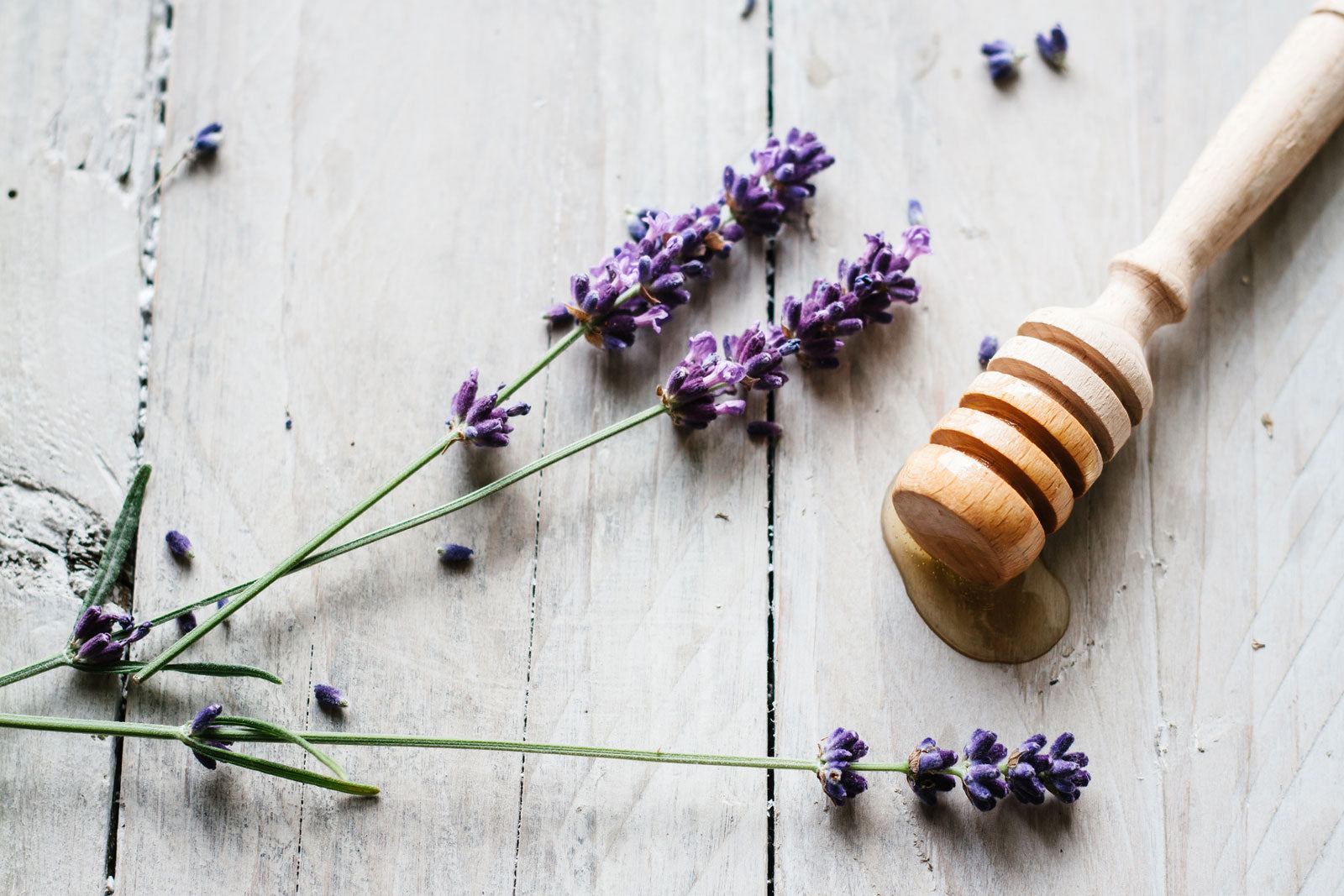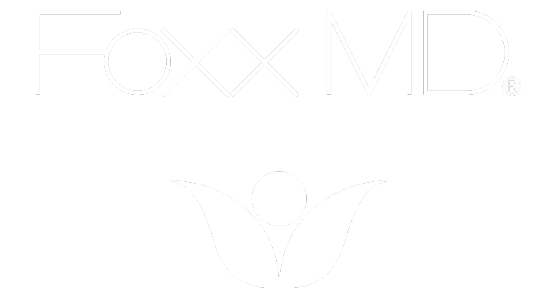News
The Place of Fillers in the Conversation about Good Health and Wellness
This article originally appeared on the Well + Good website.
Introduction by Dr. Foxx: Botox, made by Allergan, was the first facial wrinkle relaxer to be FDA-approved. That was more than two decades ago! Since then two new products have been released and FDA-approved. The newest facial wrinkle relaxer is XEOMIN (Zeo-min). I have been using it exclusively for the past six years because my patients tell me how much they prefer it to anything else. Xeomin has now become my go-to wrinkle relaxer.
Board certification in either dermatology or plastic surgery does not guarantee a patient will get a good result. It is more important for a patient to determine who will be doing the injections, how much experience the injector has had, and how committed the injector is to achieving a natural, refreshed look. As I always preach to my patients, be sure to ask to see Before and After pictures...
On to the article:
I’ve just rolled onto my right side and propped myself up on my hands. And in the dimmed light of the palo santo-scented studio, just before bowing to acknowledge the light and love in every person, my yoga instructor directs the class to soften our brows. “Yeah, right,” I think to myself. Because, while some people strive to nail a perfect crow pose or get their heels to the ground in down dog, all I want is to be able to relax my over-expressive, constantly furrowed forehead. Enter… Botox?
A recent report from the American Academy of Facial Plastic and Reconstructive Surgery indicated that in 2018, 72 percent of the doctors surveyed saw an uptick in the number of patients under 30 years old requesting cosmetic surgery or facial injectables (Botox and facial fillers such as Juvederm and Restylane). This accounts for a 24 percent climb from 2017. Coincidentally, stats like these coincide with mega-gains in the clean beauty industry, which is poised to reach $25 billion over the next five years. At first blush, it may seem counterintuitive that people are cleaning up their skin-care routines with products that tap safe synthetics and naturally derived ingredients at the same time that the interest in no-downtime procedures at the derm’s office—procedures that have typically been more closely aligned with the plastic surgery world than the skin-care world—is climbing. But the reality is, there’s overlap between these factions.
Despite our undying urge to pit the two categories against one another like Britney and Xtina, they’re actually not too shabby of a pair (also like Britney and Christina). After all, one of the pillars of the clean beauty movement is more regulatory oversight from governing bodies such as the FDA, and since in-office procedures fall into the medical camp, they’re rigorously vetted by the agency before docs are allowed to perform them en masse. Not only that, but a survey by Allergan (Botox’s parent company) of 14,000 people worldwide found that the most common words people used to describe how they wanted to look after a filler appointment could be plucked directly from the wellness world: natural, healthy, strong. “I have patients who…are major yogis and don’t use anything but frankincense oil on their skin, but they’re up for Botox,” says New York City dermatologist Dendy Engelman, MD.
And when it comes to dermal fillers (which are defined by the American Board of Cosmetic Surgery as “gel-like substances that are injected beneath the skin to restore lost volume, smooth lines, soften creases, or enhance facial contours”) some of the most popular options on the market today tap ingredients that are well-worn in the wellness world. “People don’t often realize that the same tried-and-true ingredient we love in Neutrogena Hydro Boost is what we’re injecting into the skin,” says Dr. Engelman of hyaluronic acid-based fillers. Another popular filler component is collagen—talk about a wellness buzzword.
Dr. Engelman also points out that fillers made with hyaluronic acid can also be dissolved if you aren’t happy with their effects. “There’s so much relief when it’s like, ‘If I don’t like it, it can be gone tomorrow,’” she says. And yet, stigma still exists, even amongst in-the-know people—like myself.
I should probably pause at this point to say: “It me.” I’ve never had a completely clean beauty countertop, but I do rigorously research ingredients to decide whether or not I feel comfortable applying them to my skin. And despite knowing the above information, I’ve always had a little trepidation about injectables.
While every other beauty treatment—topicals, lasers, peels—is surface level, injectables hit something deeper within us—literally. “Lasers, for example, are used so much in medicine, but with injectables, you know, needles are involved,” explains Dr. Engelman. “There is a whole different psychology when there’s a needle involved.” And unlike the monthly acupuncture appointment, when needles are used in an aesthetic context, the uncertainty surrounding the final result can foster some real (and understandable) trepidation.
In the aforementioned survey from Allergan, 55 percent of participants said they were concerned that injectables would look unnatural. “Even though it’s becoming more acceptable to use dermatological solutions to counter aging, women still pride themselves on natural beauty,” explains New York City clinical psychologist Vivian Diller, PhD. Ding, ding, ding. As I sit in Dr. Engelman’s office and discuss my hesitations, it all comes back to the fact that I want to look like myself, albeit with a less crinkly forehead and slightly more rested appearance.
Derms get this a lot, and as a result, lately there’s been a move toward “tweak-ments,” which take a less-is-more approach to injectables. In addition to the dissolvable fillers, there’s Baby Botox, for instance, which still shows fine lines the door while allowing you to maintain forehead mobility. Or, you can get tiny fillers that mimic the effects of a good-night’s sleep without any evidence of a doctor’s visit. “Little, properly placed amounts of Botox and filler are just going to make you look great and beautiful—not ‘done,’” says Dr. Engelman. “If we live in the tinier changes over time, then it’s easier to accept.”
“People should be thoughtful about who’s actually treating them,” says NYC dermatologist Robert Anolik, MD, whose office goes through the most Botox in Manhattan. If you choose wisely, you can “get that natural outcome and reduce stigma,” he says.
To start: Make sure your derm is board-certified, something Dr. Anolik says you can check by going to the American Academy of Dermatology website. Next, ask around: It can be hard to gauge a doctor’s style and how they approach fillers, so opening up with friends who are curious can help you land at the right dermatologist’s office. Once you’re there, ask questions, be open, and speak up about what you want and don’t want from the appointment.
In my experience, this bit—the dermatologist-patient relationship—is the most important part of the equation. When I visited Dr. Engelman as a patient considering aesthetics (not a reporter), she heard me, she was considerate, and was willing to take things really really slowly. To start, we tested tiny bits of Botox and droplets of cheek filler to help lift my genetically sunken-in under eyes. After the appointment, I lived with the results for two weeks before seeing her again. Feeling more confident and comfortable, I tried more this time—and I still looked like myself. Down the line, I’m guessing that I’ll make the same choice again.
But that’s kind of it, plain and simple: Participating in any sort of beauty ritual, from hair dye or nail polish through to dermal filler and Botox, is a choice, and one that doesn’t deserve the side-eye treatment. More and more women are adopting a “my body, my choice” mindset to beauty regimens that include fillers, especially among the younger generations that have grown up in the age of injectables. Merz, the aesthetic company behind a competitive botulinum toxin called Xeomin, for instance, found that women under 45 are nearly twice as likely as their older sisters to head to the derm’s office. “The generations that have grown up since injectables have been launched are now coming of age, so to speak,” says Dr. Diller. “Women in their 30s and 40s have grown up in a culture that accepts in-office dermatological intervention as part of self care.”
While the outside world might not notice that you look different after your treatment, you might feeldifferent, and, to me, that’s the power of wellness through and through. Studies have found that participants frequently list confidence levels as a key reason to book a cosmetic appointment. “We know that getting a mani-pedi or a new haircut can enhance one’s appearance, but it also can lead a person to feel better about themselves,” says Dr. Diller. “There is a lot of evidence to support the saying: ‘When we feel good, we look good’ and vice versa. Just the act of going to the dermatologist can add to a a person’s [sense of] self worth.”
And Dr. Engelman says her patients corroborate this. “After a filler appointment, many patients say they’re a better spouse, they’re a better mother, they’re a better worker because they’re holding their shoulders back and have a little confidence. It’s pretty transformative, and in a much more psychological way than anything else.”
It’s time to broaden our wellness boundaries beyond salt scrubs and sweat sessions to include anything that we do that makes us feel better about ourselves—including injectable appointments. In the same way that we celebrate what acupuncture needles can do for the body, we should laud the needles your dermatologist wields as a viable part of one’s wellness routine. Where we slow clap for hyaluronic acid in our serums and creams, it’s time to recognize that it’s equally commendable when chosen as a filler. “I want people to give themselves love and grace and no guilt about wanting to look their best,” says Dr. Engelman.
As I look at my brow in the mirror, relaxed and smooth (but still mobile!) for maybe the first time ever, I really do feel like look my best, and I’m cool with how I got here. But, just like all the best parts of my wellness practice, this experience contributed way more to the way that I feel than the way that I look (a poll of about 20 of my closest friends and colleagues revealed no one could tell I’d had a treatment done). I run because the miles cue up a chorus of angelic endorphins in my brain; I have about 900 houseplants because being in their presence keeps me feeling chill; and yep, I see a derm on the reg for whatever the situation may call for. All grace, no guilt. Hey, isn’t that what wellness is all about?

